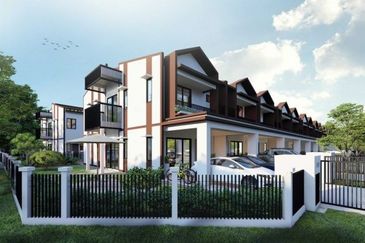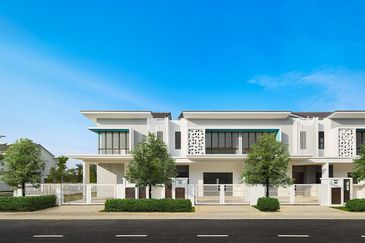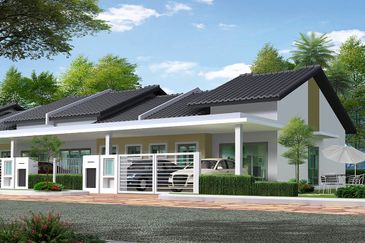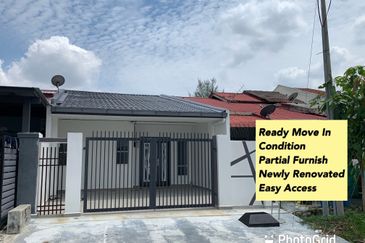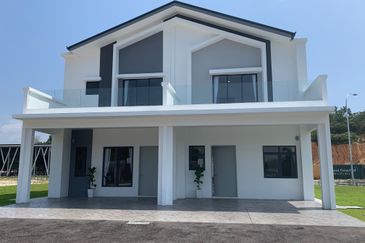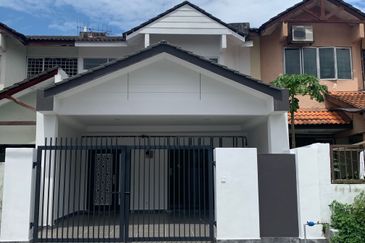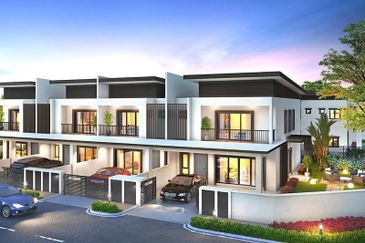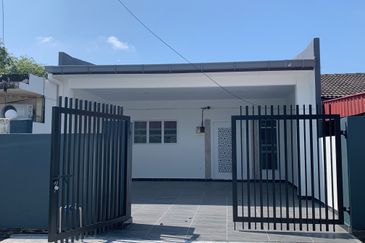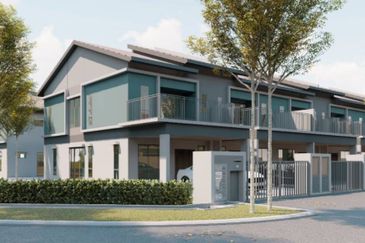
A DIVE into the recently-released National Property Information Centre’s (Napic) 2015 Property Market Report lends an interesting insight into the property buying trend last year.
It is noteworthy that while the general market was down, agricultural and development land bucked the trend with investors.
Buyers spent more, though marginally, to buy these two real estate types last year compared with 2014.
The rise was minimal for agricultural land, at 2.86% (RM13.09 billion vs RM12.72 billion in 2014). It was more significant for development land, climbing 14.8% to RM24.91 billion (from RM21.7 billion).
Interestingly, the number of transactions in all property types had eased last year, including that of agricultural and development land. The former shrank 7.5% to 66,705 deals and the latter 2.4% to 20,534.
The reading is that either land prices have gone up, or the tracts transacted were bigger in size. Or it could be both.
It is not only the developers who are on the acquisition trail for land. More and more individuals are now putting their money on agricultural land and these tracts could be sized anything from one or two acres to four acres or more.
The growing interest in agricultural land investment is driven largely by very attractive capital appreciation potential.
Consider an agricultural tract just south of Kuala Lumpur. I know of an investor who not long ago paid about RM100,000 per acre for a small tract in Pantai, which is located about midway between Seremban and Jelebu. Just eight months into the buy, the price shot up by about 50%, to RM150,000.
Over in Broga, a small town that sits on the border of Selangor and Negeri Sembilan, land that cost about RM150,000 per acre in 2010/2011 is now said to be about double its worth. Rising prices are also noted in places like Mantin and its surroundings.
Tracts that front the road will, naturally, command a premium due to its micro-location potential alongside the supply and demand factor.
And should you see prices of agricultural land shooting up in one particular area, chances are an established developer has acquired land in the vicinity for an upcoming project. Savvy owners tend to ride on such upcoming projects by citing the projects’ proximity to their land.
In case you have not noticed already, more owners are selling their land based on a per square foot basis, as opposed to selling it by the acreage.
Then again, not everyone has the appetite to buy land – they must have the required financial stamina.
And don’t even think about yield for the two-acre agricultural plot that you are considering to buy. At best, it could be rented for a modest sum for use as an orchard or nursery.
On a different note, in case you have not known already, the property market is down but the residential sub-sector remains the industry’s clear darling.
The residential sub-sector continued to lead the overall market in 2015, accounting for 65.2% and 49% in volume and value respectively, chalked up for the year. This meant there were 235,967 residential property transactions (247,251 in 2014) and these were worth RM73.47 billion (RM82.06 billion).
Still, no sub-sector was spared from the market dip last year, not even residential housing. What is noteworthy is the number of residential property transactions only eased 4.5% compared with the highest drop of 13% felt in the industrial property sub-sector. The smallest drop, of 2.4%, occurred in the development land sub-sector.
To recap, Malaysia saw a total of RM149.9 billion worth of properties changing hands in 2015, down 8% from 2014. There were a total of 362,105 transactions in 2015, down 5.7% from the 384,060 transactions in 2014.
Au Foong Yee is the managing director of The Edge Communications and The Edge Property. She was formerly the executive editor of Property and Retailing at The Edge Malaysia. She can be contacted at [email protected]
This story first appeared in TheEdgeProperty.com pullout on May 13, 2016, which comes with The Edge Financial Daily every Friday. Download TheEdgeProperty.com here for free.
TOP PICKS BY EDGEPROP

Halya @ Daunan Worldwide
Bandar Puncak Alam, Selangor
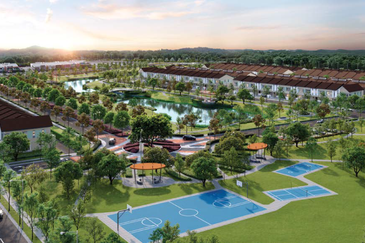
Bandar Puncak Alam
Bandar Puncak Alam, Selangor

Bandar Puncak Alam
Bandar Puncak Alam, Selangor
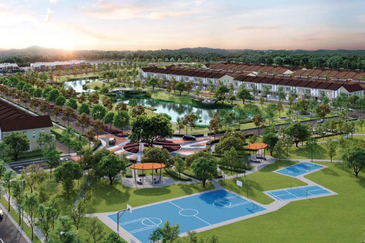
Bandar Puncak Alam
Bandar Puncak Alam, Selangor

Setia Alam
Setia Alam/Alam Nusantara, Selangor
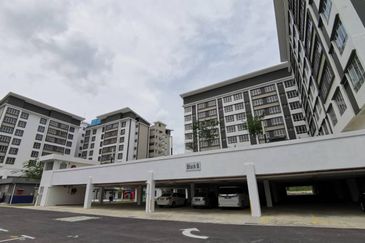
Vista Sri Tanjung Condominium
Semenyih, Selangor

Bandar Sungai Long
Bandar Sungai Long, Selangor

